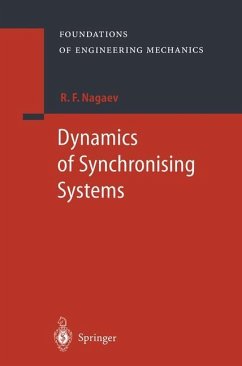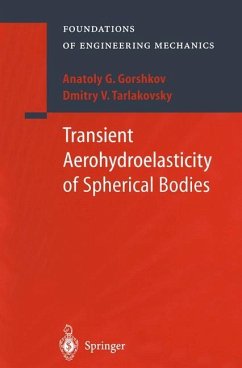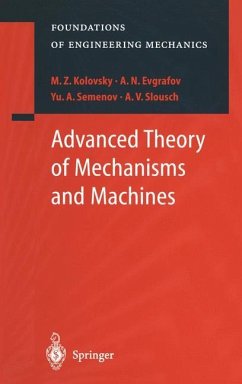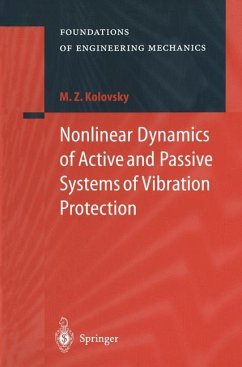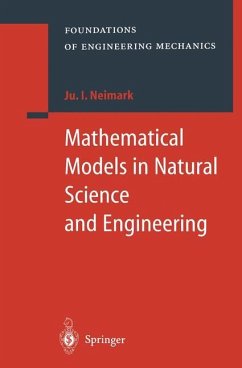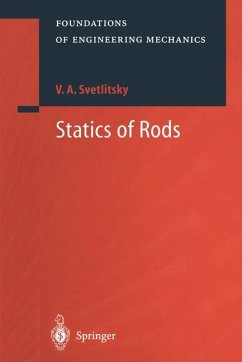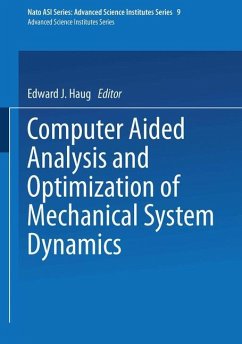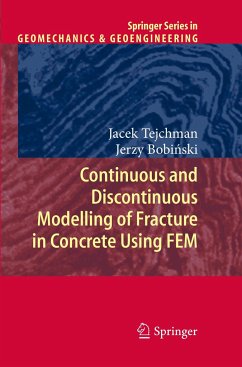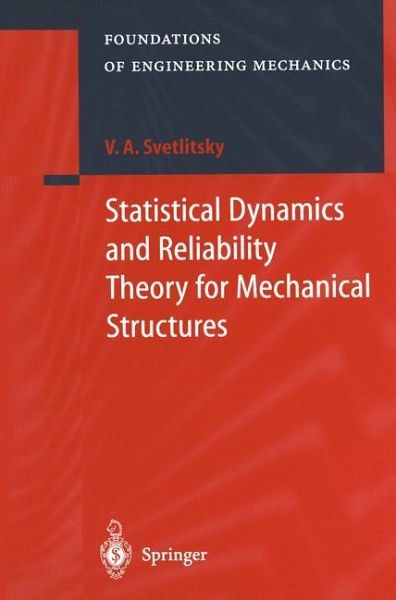
Statistical Dynamics and Reliability Theory for Mechanical Structures
Versandkostenfrei!
Versandfertig in 1-2 Wochen
115,99 €
inkl. MwSt.
Weitere Ausgaben:

PAYBACK Punkte
58 °P sammeln!
The monograph text is based on lectures delivered by author during many years for students of Applied Iechanics Department of Bauman Ioscow State Technical University. The monograph includes also analitical results of scientific research obtained in collaboration with industry. Progress in developing new equipment has called for a better understand ing of the physical peculiarities pertaining to the action of designed structures in real conditions. This is necessary for increasing the accuracy of the analysis and making these structures more reliable. It has been found that classical determine...
The monograph text is based on lectures delivered by author during many years for students of Applied Iechanics Department of Bauman Ioscow State Technical University. The monograph includes also analitical results of scientific research obtained in collaboration with industry. Progress in developing new equipment has called for a better understand ing of the physical peculiarities pertaining to the action of designed structures in real conditions. This is necessary for increasing the accuracy of the analysis and making these structures more reliable. It has been found that classical determined perturbations are not principal and that determinism-based methods of classical mechanics prove insufficient for understanding and explaining physical effects that arise at the operation of instruments located on moving objects, the vibration of rocket engines, the motion of a vehicle, and the action of wind and seismic loads. Therefore the necessity arose for devising a new physical modelto analyze these dynamic processes and, in particular, for creating a new mathematical apparatus that would allow us to take into account non-deterministic external excitations. The theory of random processes that had been developed well enough as applied to problems of radio engineering and automatic control, where the effect produced by random excitations appeared to be commensurable with that of deterministic excitations and where the ignoring of the random ex citations would bring about incorrect results, became such an apparatus.



